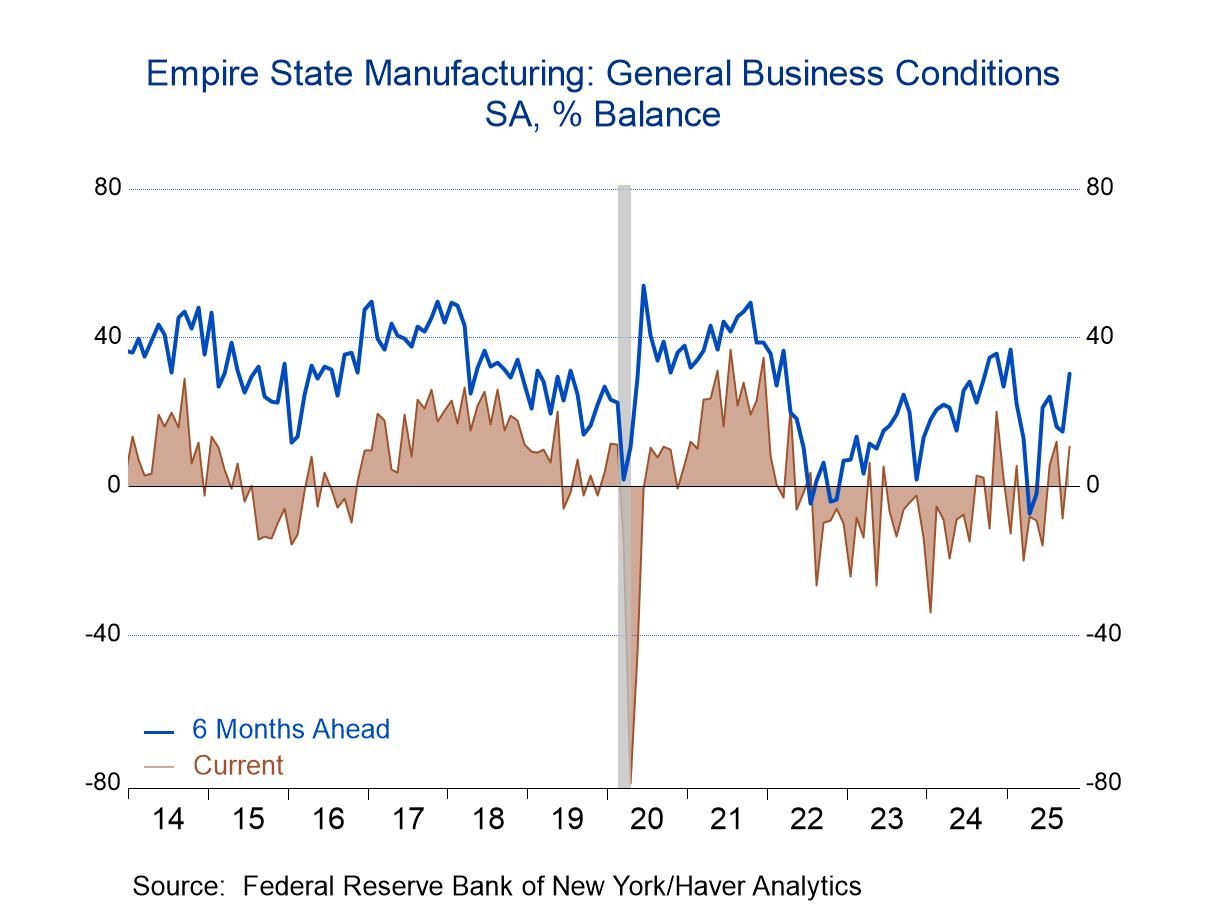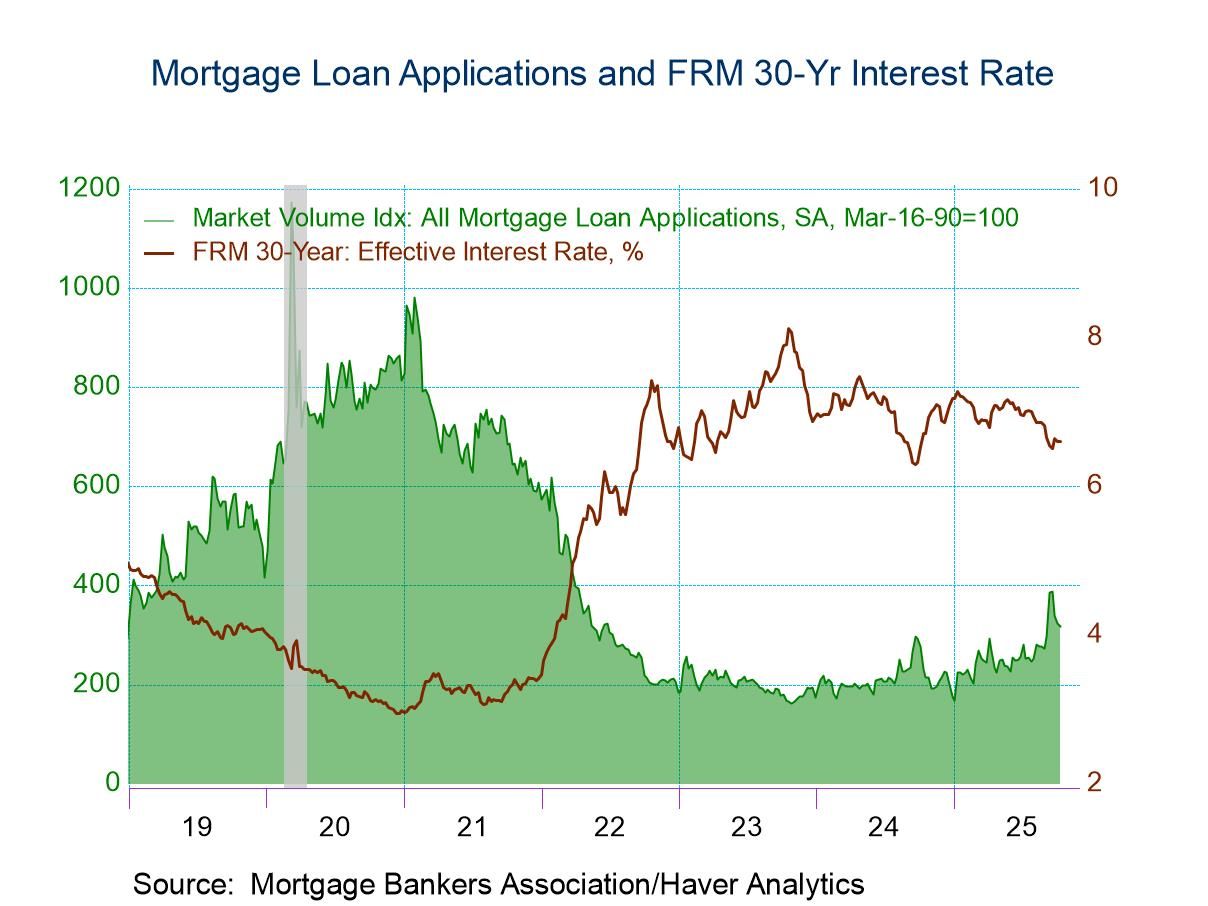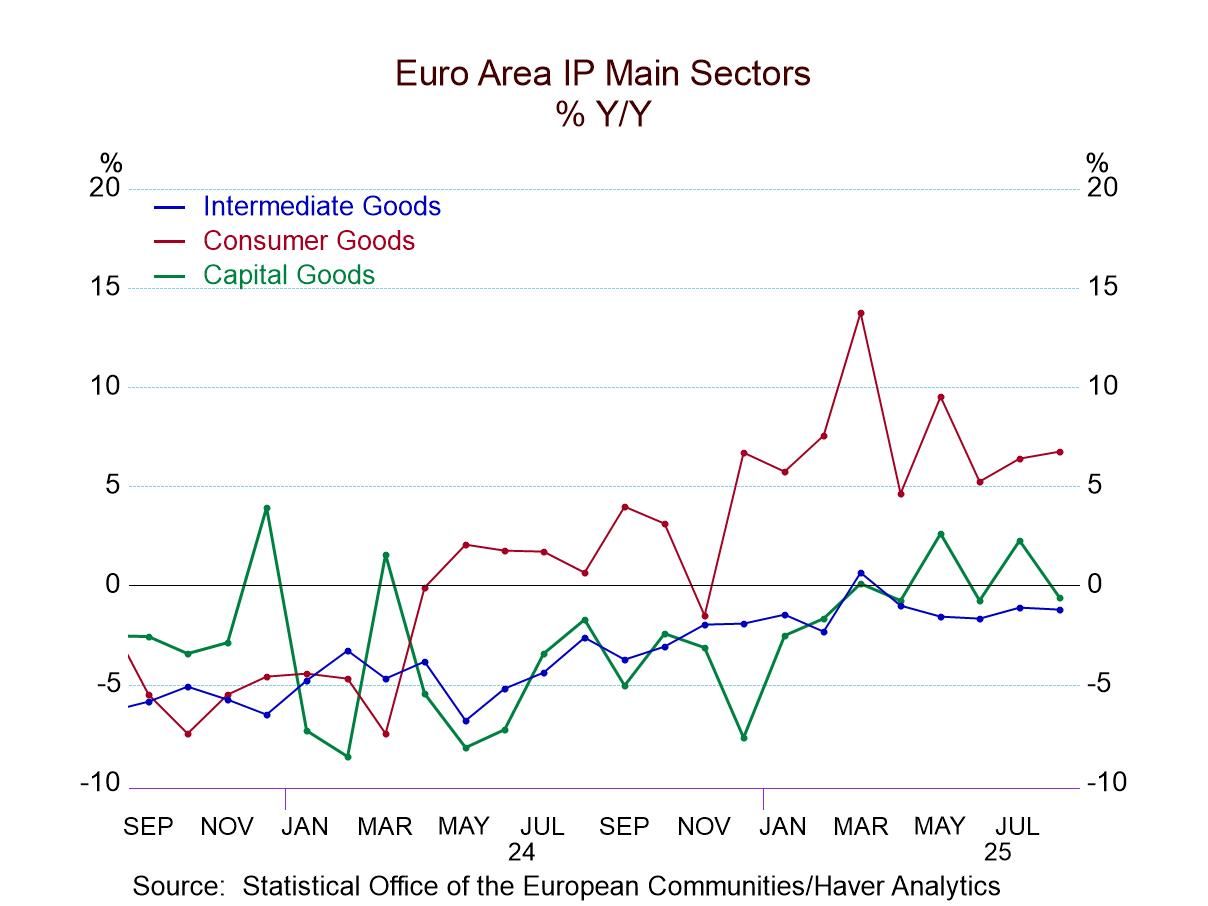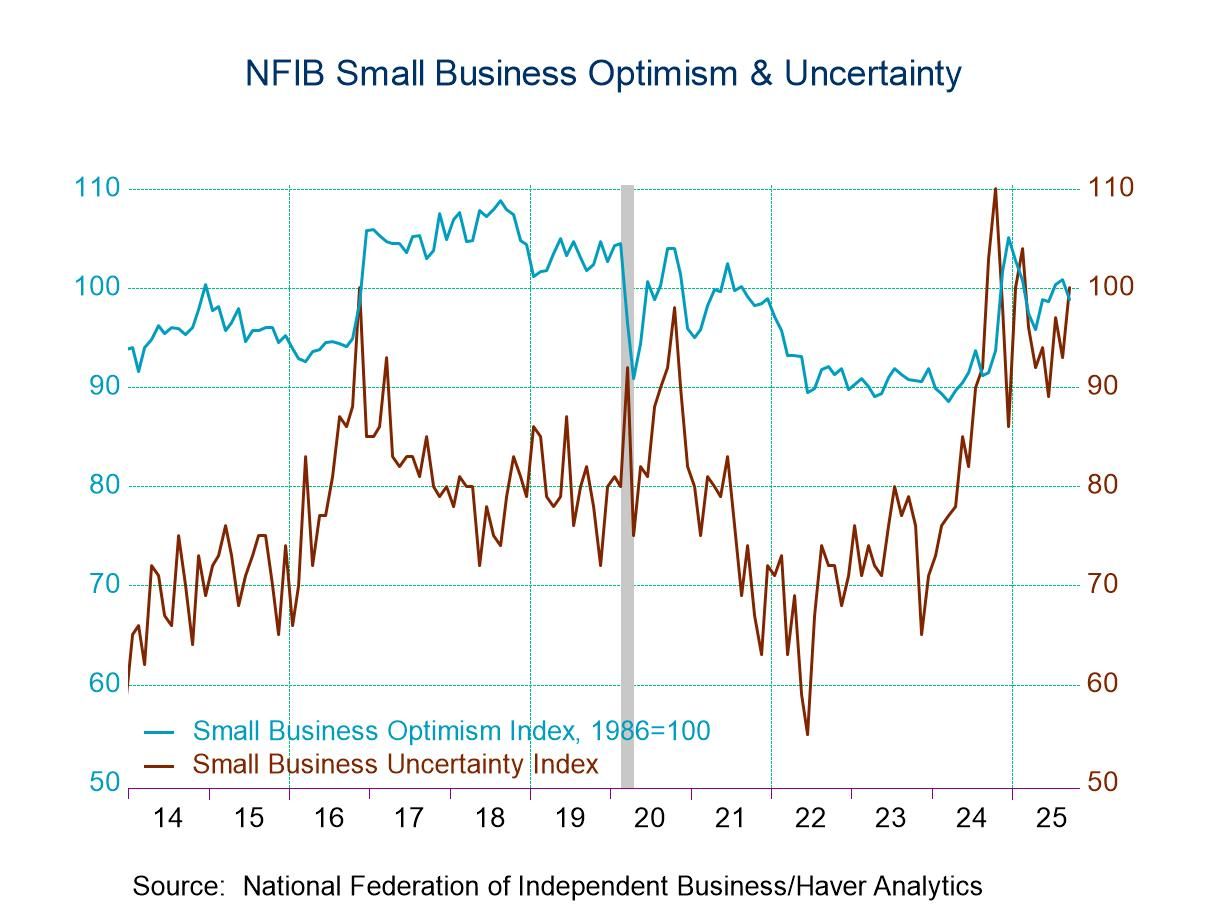 Global| Apr 11 2024
Global| Apr 11 2024Global Money Supply Trends Edge Slowly Back Toward Flat Growth Except for Japan

The European Central Bank met today and held its policies steady. Markets are looking ahead to the June meeting where they expect there will be a rate reduction. If you read the statements from the ECB, you may have had a strange sense of Deja vu because you're getting basically the same communication out of the ECB that we've seen from the U.S. Federal Reserve. The ECB continues to say that it has interest rates in a high enough position to deal with their current inflation risks and this is the exact same approach that's been taken by the Federal Reserve – even as inflation has been rising. In the Federal Reserve minutes released yesterday, in fact, the Fed went on to say how its policy is well positioned to deal with any risks in the economy. It points out that it's prepared to leave interest rates in this restrictive area for longer or it's prepared to cut rates if that's what it takes. However, the Fed stops there; it makes no direct mention that it's also prepared to raise rates if that's what's required.
U.S. vs. EMU comparison- Inflation in the European Monetary Union appears to be more contained than inflation in the U.S., where it has recently kicked up its heels as EMU inflation has slid lower. In the U.S., core services inflation rises at a 6.8% annual rate over three months and at a pace of over 5% over 12 months. The core services measure in the U.S. is 70% of the core measure so it's hard to ignore. But, so far, Fed communications have managed to do just that. For now, the communications we're getting from the Federal Reserve and from the ECB seem to be highly similar although I question whether the monetary developments and the inflation risks in the two areas are anything like the same.
EMU conditions Nominal money and credit- Over 12 months money supply in the monetary union is falling by 0.7% on the M2 measure. Credit to residents is falling at a 0.1% pace and private credit is unchanged. Comparing the growth metrics for money and credit to their growth rates over two and three years, both money and credit are showing a slowing pace. Flipping the comparison forward to look at the 12-month growth rate against the six-month and three-month growth rates, reveals a slight difference. On this forward-looking path, M2 is starting to accelerate in the monetary union while the credit measures are still flat or weakening.
Real money and credit- If we reassess these measures for inflation, the growth rate of real money in EMU is down 3.2% over the last year, with credit to residents down by 2.6% and private credit down by 2.6%. These are the same or slower rates of reduction that the monetary union reports over two years and three years. Comparing the year-over-year results to the annual rates over six months and three months, we see less real deterioration in terms of money supply, we see, at least over three months, greater deterioration in the use of real credit in terms of either credit to residents or private credit. Real credit use in the EMU is not being stimulated.
Monetary policy ahead: U.S. and U.K.- The U.S. and the U.K. report declines in their respective money supply measures over 12 months. These declines represent increased weakening compared to the path over two and three years. However, flipping the comparison forward in the shorter time horizons, we see the money growth in both the U.S. and the U.K. starting to pick up. The U.K. has positive money growth of 1.4% at an annual rate over three months. The U.S. has positive a growth of 1.8% at an annual rate over three months. Expressed in real terms, the U.S. and the U.K. show less monetary contraction over 12 months than over two years and they show a declining rate of contraction over six months and three months compared to 12-months. On all these measures, we're seeing money supply move to either a less contractive phase or to a more expansive phase in terms of the nominal numbers.
Japan- Of course, the country that's different than all of these is Japan. Japan logs positive growth rates and actually fairly steady growth rates. If we look at annual rates spanning three years to three months, the growth rates on those various horizons vary only from 2.3% to 2.9%. That is quite a bit of monetary growth stability. In Japan, money growth expressed in real terms is down by 0.3% over 12 months which is slightly less contraction than it logged over the last two years; however, over a six-month and three-month horizon, real monetary growth picks up to 0.2% over six months and finally to a 2.4% annual rate over three months.
Global trends After logging a huge boom in money supply growth during the pandemic period, money supply has contracted in money center countries, except for Japan, although all countries have showed some degree of contraction when money growth is measured in real terms. Since then, there has been a turn around with more stimulus creeping into the picture. In the European Monetary Union, the use of credit continues to lag behind the stimulus from money growth and economic growth continues to be weak.

Summing up Looking ahead, the outlook for the inflation environment had appeared to be clarifying but now with events in the United States it's not so clear anymore. U.S. inflation has clearly stopped falling and is starting to kick up its heels over shorter time horizons; yet it's not clear how much the central bank is going to emphasize that. The outlook for U.S. policy is becoming much less clear than it seemed just a few months ago. In Europe, there is still an outlook for a cut in rates from the European Central Bank in June. The Bank of Japan seems to be heading to a rate hike. With these changing circumstances, it's a good idea to stay tuned to all the new incoming data because there are changes afoot.
Robert Brusca
AuthorMore in Author Profile »Robert A. Brusca is Chief Economist of Fact and Opinion Economics, a consulting firm he founded in Manhattan. He has been an economist on Wall Street for over 25 years. He has visited central banking and large institutional clients in over 30 countries in his career as an economist. Mr. Brusca was a Divisional Research Chief at the Federal Reserve Bank of NY (Chief of the International Financial markets Division), a Fed Watcher at Irving Trust and Chief Economist at Nikko Securities International. He is widely quoted and appears in various media. Mr. Brusca holds an MA and Ph.D. in economics from Michigan State University and a BA in Economics from the University of Michigan. His research pursues his strong interests in non aligned policy economics as well as international economics. FAO Economics’ research targets investors to assist them in making better investment decisions in stocks, bonds and in a variety of international assets. The company does not manage money and has no conflicts in giving economic advice.






